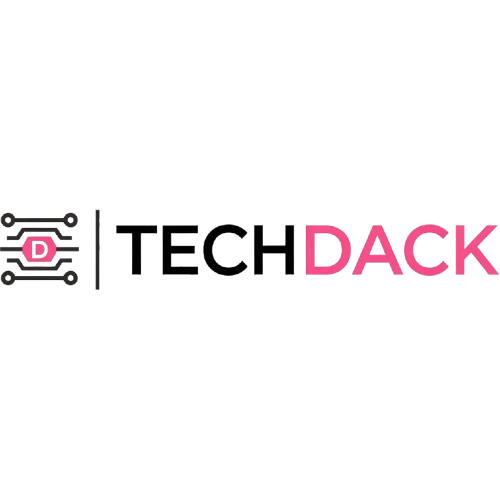Let’s be honest — most people don’t go to trade shows expecting to be amazed anymore. Rows of static booths, printed banners, and the same old “spin-the-wheel” gimmicks have lost their spark. But lately, there’s been a shift — a big one. Brands are discovering that immersive technologies like Augmented Reality and Virtual Reality can do what traditional setups never could: make people feel something.
I saw this first-hand while working on a few trade show booth games projects. Instead of standing and watching, visitors were moving, laughing, competing, and — most importantly — remembering the brand that gave them that experience.
1. The New Age of Attention: AR and VR Step In
The average trade show visitor spends less than 10 seconds glancing at a booth before moving on. That’s brutal. But AR and VR flip that script. When someone puts on a headset or scans a marker that suddenly brings a 3D bike, engine, or product to life — those 10 seconds turn into minutes.
Imagine a brand letting visitors assemble a machine virtually, race in an AR environment, or test drive a product without leaving the booth. It’s not just interaction; it’s emotional connection — and that’s what every exhibitor is chasing.
We recently built a few custom branded games for clients who wanted more than logos and flyers. These experiences carried the brand’s theme, colors, and message but wrapped it all inside fun gameplay. Visitors didn’t even realize they were absorbing marketing — because they were too busy having a great time.
2. From Brochures to Experiences
AR and VR have turned brochures into portals. With AR, brands can project their catalog into the real world. Products can be rotated, explored, even seen “in action.” For B2B companies, this is gold — no more lugging physical prototypes or demo kits.
VR takes this even further. Entire factories, showrooms, or cities can be recreated digitally. You can walk someone through your process, your vision, or even your future product pipeline — right from your 10×10 booth. That’s what we mean when we say VR for events isn’t just a gimmick; it’s a storytelling platform.
3. Why Engagement Metrics Are Skyrocketing
Brands using AR/VR at expos report 3x to 5x longer booth engagement times. But beyond numbers, there’s something more subtle happening — people talk about it. They pull out their phones, record videos, share stories, and tag the brand. Suddenly, your booth isn’t just a physical space; it’s a digital ripple spreading across social media.
I still remember one client calling after their show ended, saying, “People were lining up to play our game. We’ve never seen that before.” That’s the real transformation — not just attention, but anticipation.
4. The Future: Gamified Reality Everywhere
In the coming years, trade shows will feel more like pop-up theme parks than corporate exhibitions. Every booth will have some form of interactive or immersive component — whether it’s AR mirrors, mixed reality displays, or full VR arenas.
Brands that start experimenting now will have a massive edge. Because the truth is — AR and VR aren’t replacing human interaction; they’re amplifying it. They’re giving brands a way to make people smile, move, and remember. And that, honestly, is the real ROI.
Final Thoughts
If there’s one thing I’ve learned creating immersive experiences for events, it’s this: people may forget your tagline, but they’ll never forget how your booth made them feel.
Trade show engagement isn’t about handing out freebies anymore — it’s about creating moments. And AR/VR, combined with creative storytelling, is making those moments unforgettable.


